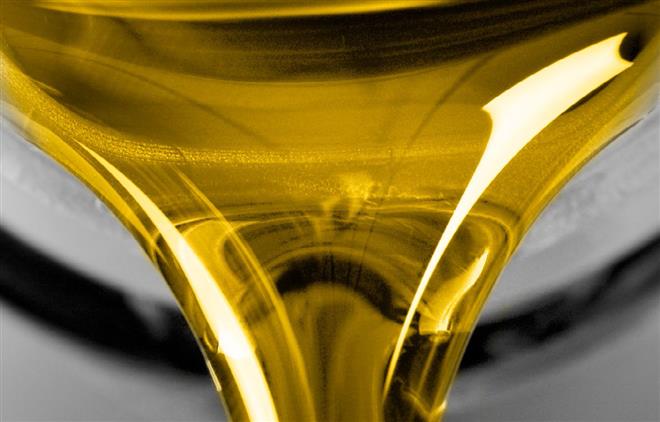Nearly all compressors require a form of lubricant to either cool, seal or lubricate internal components. Only static jet compressors (ejectors) and late 20th- and early 21st-century oil-free machines with rotors suspended in magnetic or air bearings are exempt from the need for some type of lubrication. This article deals with the lubrication of dynamic, reciprocating and rotary compressors. These three types are the most prevalent in industry today.
Compressors are manufactured in several types and for a variety of purposes. In addition to being used to compress gas, many compressors serve as blowers or can be used as vacuum pumps. Lubrication requirements vary considerably, depending not only on the type of compressor but also the gas which is being compressed. In general, air and gas compressors are mechanically similar. Thus, the main difference is in the effect of the gas on the lubricant and the compressor components. The lubricant plays a role in preventing wear, sealing, minimizing reactions with the gas, and preventing corrosion. Refrigeration and air conditioning compressors require special consideration because of the recirculation of the refrigerant and mixing of the lubricant with that refrigerant.
Minimum Requirements
To combat all these stressors, a compressor lubricant needs several defenses. Oxidation and thermal stability are very important - along with corrosion inhibitors, detergents, demulsifying agents and foam suppressors - to increase the life of the machinery.
As mentioned, not only does compressor design have an effect on lubricant selection, so does the gas being compressed. The following are the four popular categories of compressed gases: air, hydrocarbon, chemically active and chemically inert. Dependent upon these categories, special considerations must be made when selecting the proper lubricant. At the very least, all should have the following:
-
Long life without the need for changeout (high oxidation stability)
-
Prevention of acidity, sludge and deposit formation
-
Excellent protection against rust and corrosion, even during shutdown
-
Good demulsibility to shed water that enters the lubrication system
-
Easy filterability without additive depletion
-
Good foam control
Three Synthetic Options
Because of the system stressors and quality needed to combat them, synthetic lubricants are preferred. The three popular synthetics are polyalkylene glycol (PAG), esters (diester and polyolester) and polyalphaolefin (PAO).
PAGs offer the ability to dissolve sludge and deposits, burn without leaving residues when degraded, have a low solubility with hydrocarbons, and have good hydrolytic stability. Their downfall is that they absorb vast amounts of water and have very poor compatibility with mineral and PAO oils.
Esters have a very high detergency and solvency, making them excellent at dissolving sludge and deposits. They are compatible with mineral and PAO oils, and most seal and gasket materials. However, they also absorb moisture from the air and are hydrolytically unstable at high temperatures.
PAOs are most similar to minerals, so they are very compatible. They also are generally compatible with seals and gasket materials. They offer excellent hydrolytic stability, low water solubility and poor solvency. Because of this poor solvency, they should be avoided in applications where high discharge temperatures are present. They have a tendency to form deposits in these situations.
The Art of Selection
There are many variables when selecting a compressor lubricant. Even though I only skimmed the surface of these variables, I hope you now have an appreciation of the art of lubricant selection for compressors. It is not as easy as simply selecting the product denoted as "compressor lubricant".
Reference
Bloch, Heinz “Compressor Lubrication Best Practices”. Machinery Lubrication magazine. May 2003.









